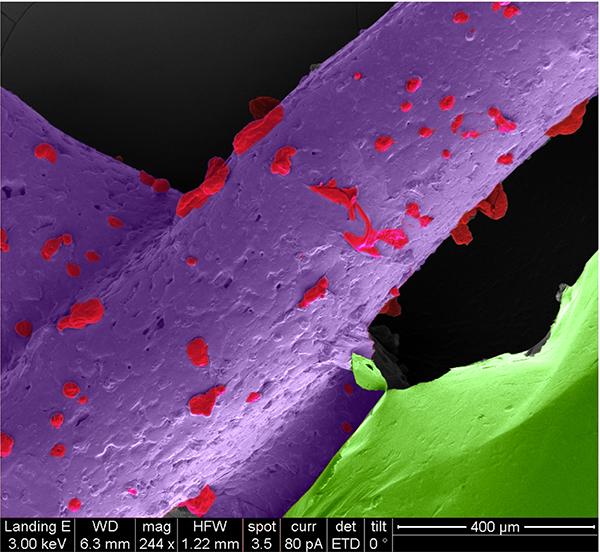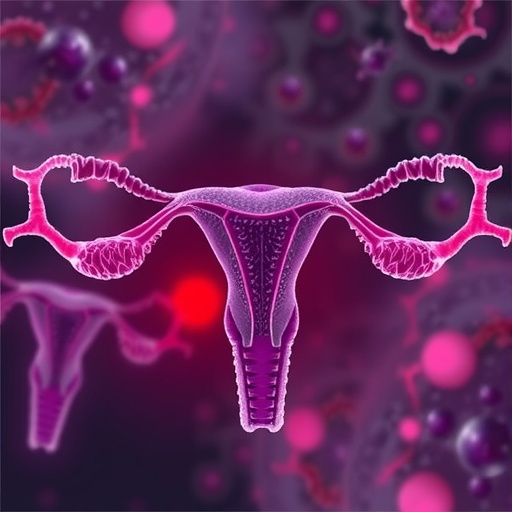
Credit: Kerim Moncal, Ozbolat Lab, Penn State
Seamlessly correcting defects in the face, mouth and skull is highly challenging because it requires precise stacking of a variety of tissues including bone, muscle, fat and skin. Now, Penn State researchers are investigating methods to 3D bioprint and grow the appropriate tissues for craniomaxillofacial reconstruction.
A five-year grant from the National Institutes of Health’s National Institute of Dental and Craniofacial Research, will allow a team of researchers to explore the use of stem cells, biomaterials and differentiation factors to match the complex tissues of the face and head directly bioprinted during surgery.
“With the advance in 3D bioprinting, in-place reconstruction of composite tissues for craniomaxillofacial repair has recently become feasible as 3D bioprinting enables complex tissue heterogeneity in an anatomically accurate and cosmetically appealing manner,” said Ibrahim T. Ozbolat, Hartz Family Career Development Associate Professor of Engineering Science and Mechanics, and principal investigator on the project.
The researchers are looking at ways to bioprint appropriate tissues directly into a subject to correct damage or defects. They will first investigate, in an immunodeficient rat model, bone tissue bioprinting. Next, they will investigate multilayered skin tissue which include adipose — fat — and dermis/epidermis — skin — tissue. They will look at the impact of differentiation factors and how fat influences the growth of skin tissue.
Finally, they will look at three-layer composite tissues that include bone, fat and skin layers to determine how vascularization occurs in both soft and hard tissue regeneration.
“We have formed a complementary collaboration that merges essential domain knowledge in bioprinting, regenerative medicine, craniomaxillofacial surgery, plastic surgery, gene therapy, gene delivery, bone mechanics and bone and skin biology with the depth necessary to propel this work,” said Ozbolat.
To meet these needs, the team consists of co-investigators, Elias Rizk, associate professor of neurosurgery; Dino Ravnic, assistant professor of surgery, and Thomas Samson, associate professor of surgery, both in the Division of Plastic Surgery and Greg Lewis, assistant professor of orthopedics and rehabilitation, all in the College of Medicine; and Daniel Hayes, associate professor of biomedical engineering.
The goal of the project is to produce an advanced bioprinting technology that shows the complex interactions between layers of engineered tissues and provide an understanding of how localized delivery of differentiation factors will impact craniomaxillofacial reconstruction.
###
Media Contact
A’ndrea Elyse Messer
[email protected]
814-865-5689




